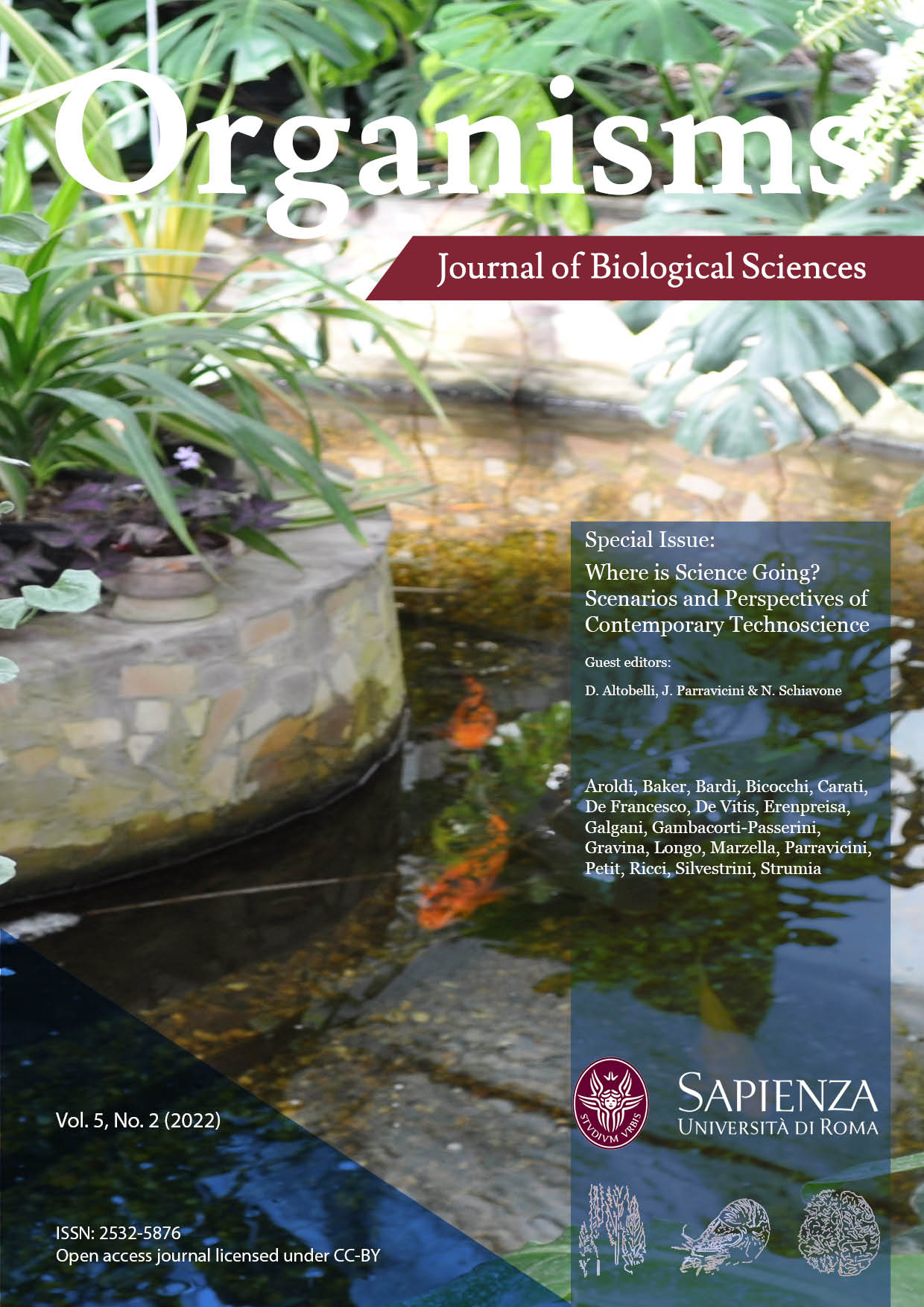The Enigma of cancer resistance to treatment
DOI:
https://doi.org/10.13133/2532-5876/17613Abstract
Polyploid giant cancer cells (PGCC) are evaluated by histopathologists for cancer diagnosis, yet their role in cancer is poorly understood. In this essay, we highlight a particular aspect of these cells in relation to genomic self-organisation and transcriptional networks with relevance to treatment resistance. Embodying dynamic restructuring of the genomic network, epigenome and microenvironment, through explorative adaptation in response to sublethal challenge these cells operate at the edge of chaos and order. This state is manifested through oscillations in opposing cell fate pathways, with accelerated senescence coupled to reprogramming and an atavistic shift towards phylogenetically ancient unicellular genetic programmes accessed through bivalent mediator genes. It recapitulates certain unicellular life-cycles in a cancer “life-cycle” which reciprocally connects the somatic mitotic cell cycle with the germline cycle of the PGCC.
Downloads
Published
How to Cite
Issue
Section
License
Copyright (c) 2022 Dr. Jekaterina Erenpreisa, Dr. Kristine Salmina, Dr. Olga Anatskaya, Dr. Alexander Vinogradov, Dr. Mark Steven Cragg

This work is licensed under a Creative Commons Attribution 3.0 Unported License.
Copyright Agreement with Authors
Before publication, after the acceptance of the manuscript, authors have to sign a Publication Agreement with Organisms. The authors retain all rights to the original work without any restrictions.
License for Published Contents

You are free to copy, distribute and transmit the work, and to adapt the work. You must attribute the work in the manner specified by the author or licensor (but not in any way that suggests that they endorse you or your use of the work).





